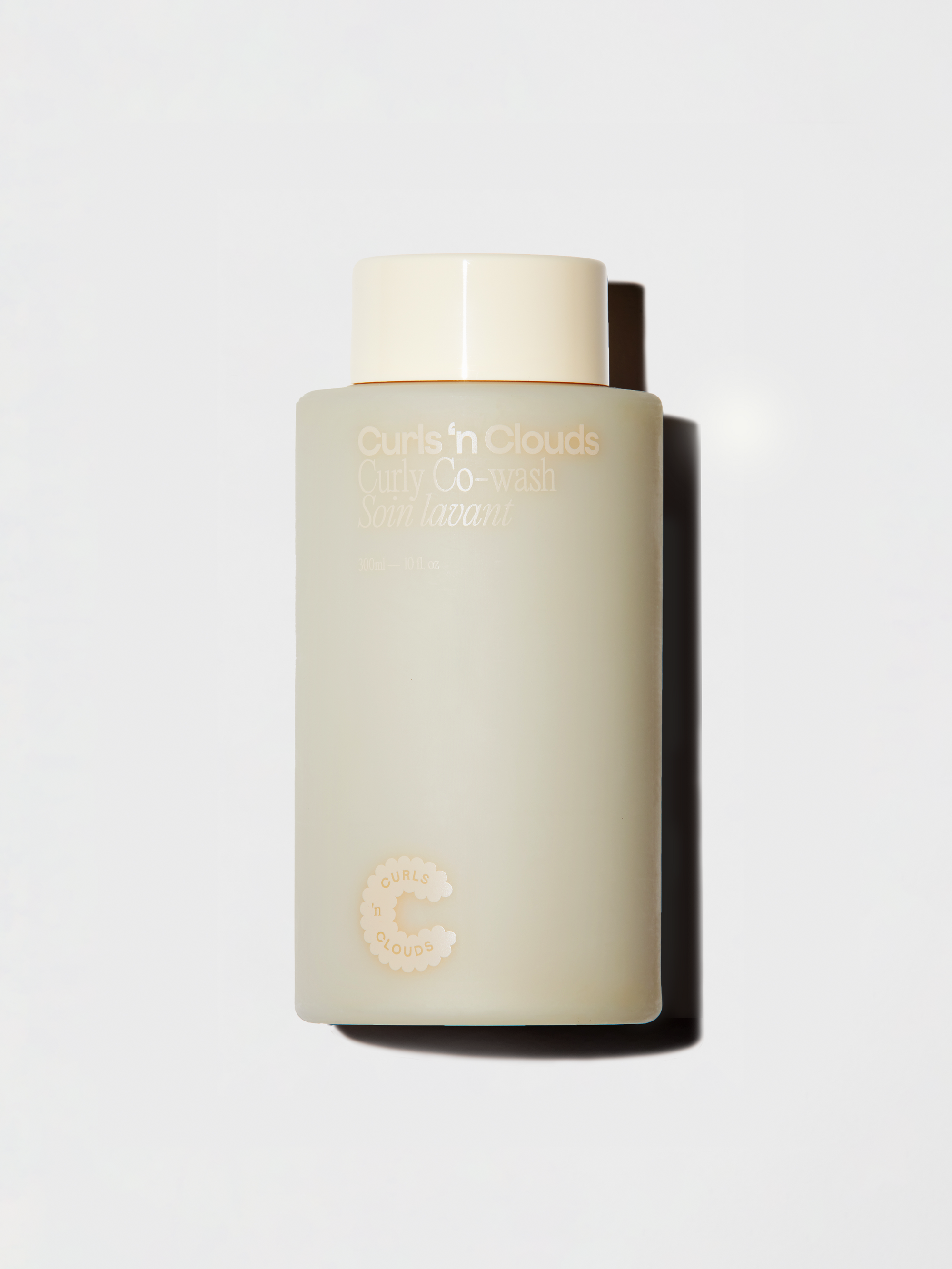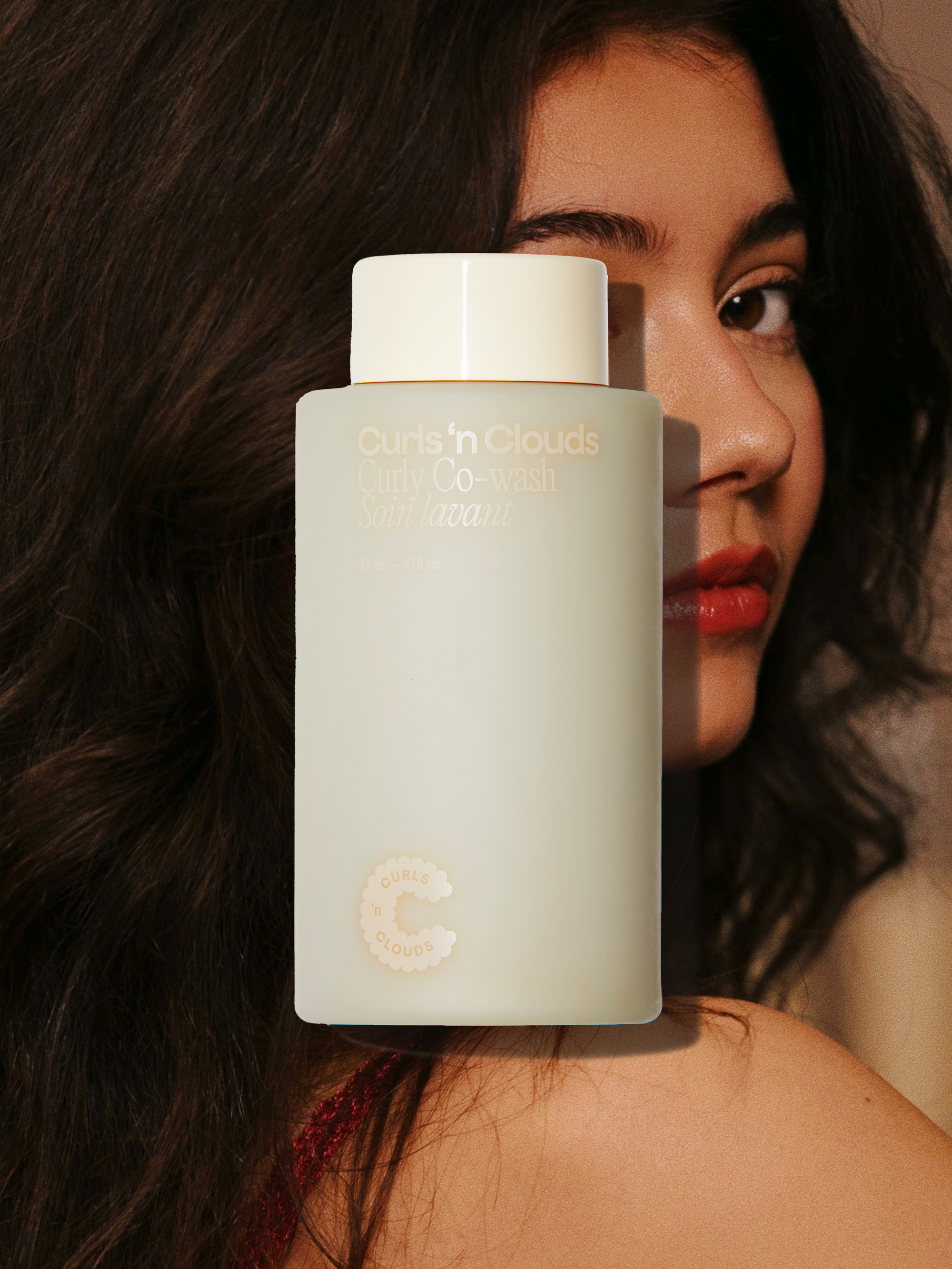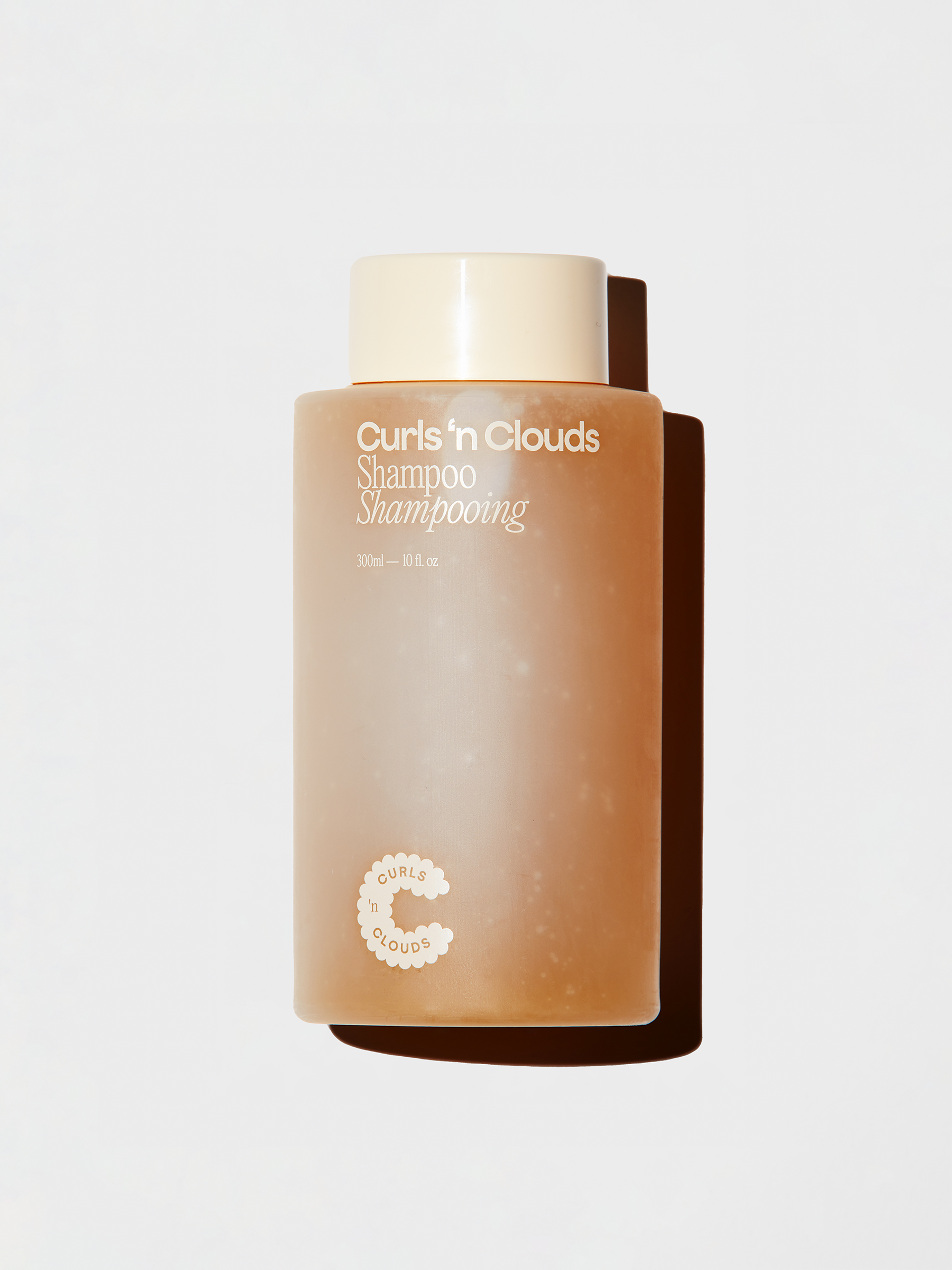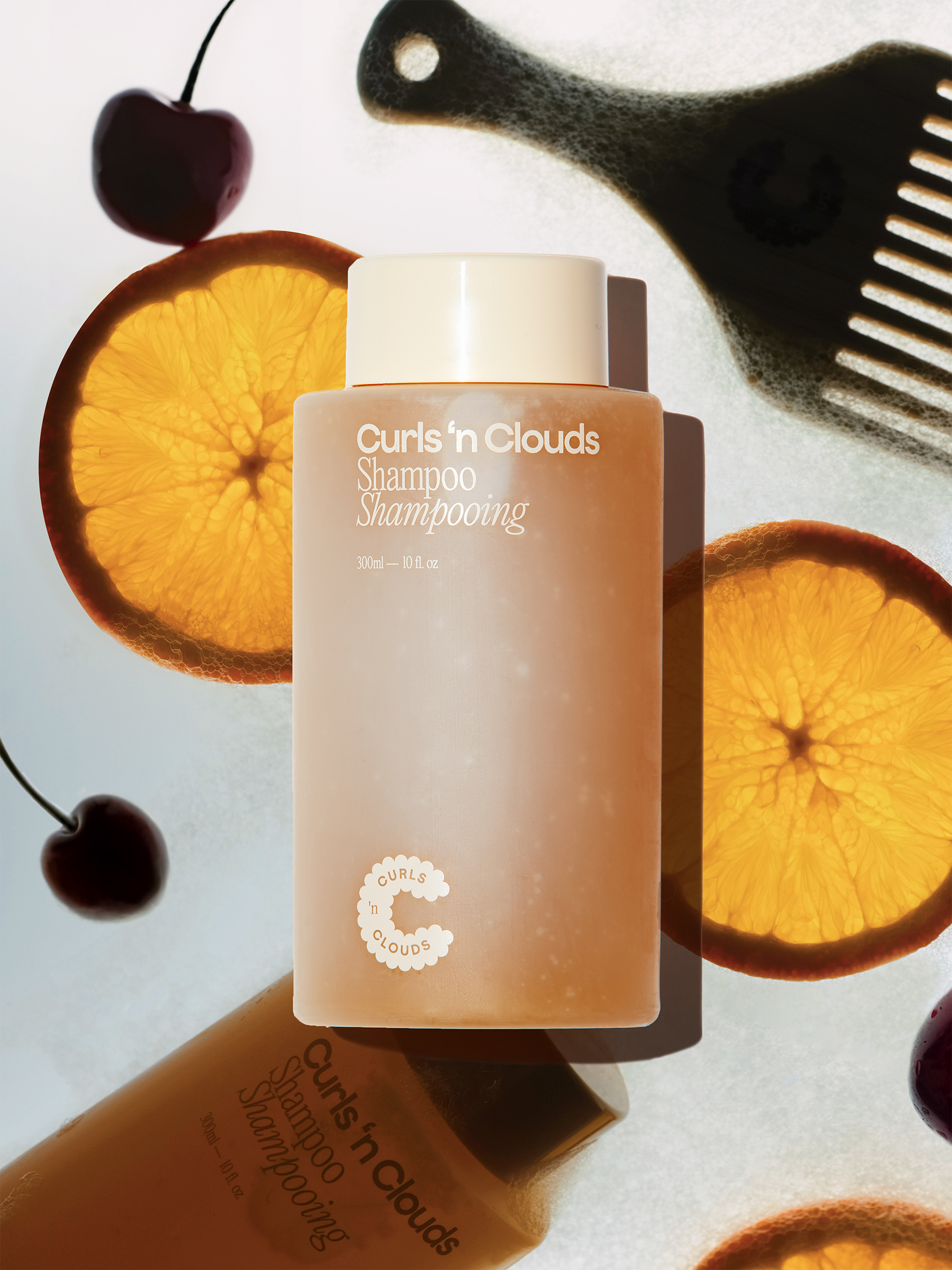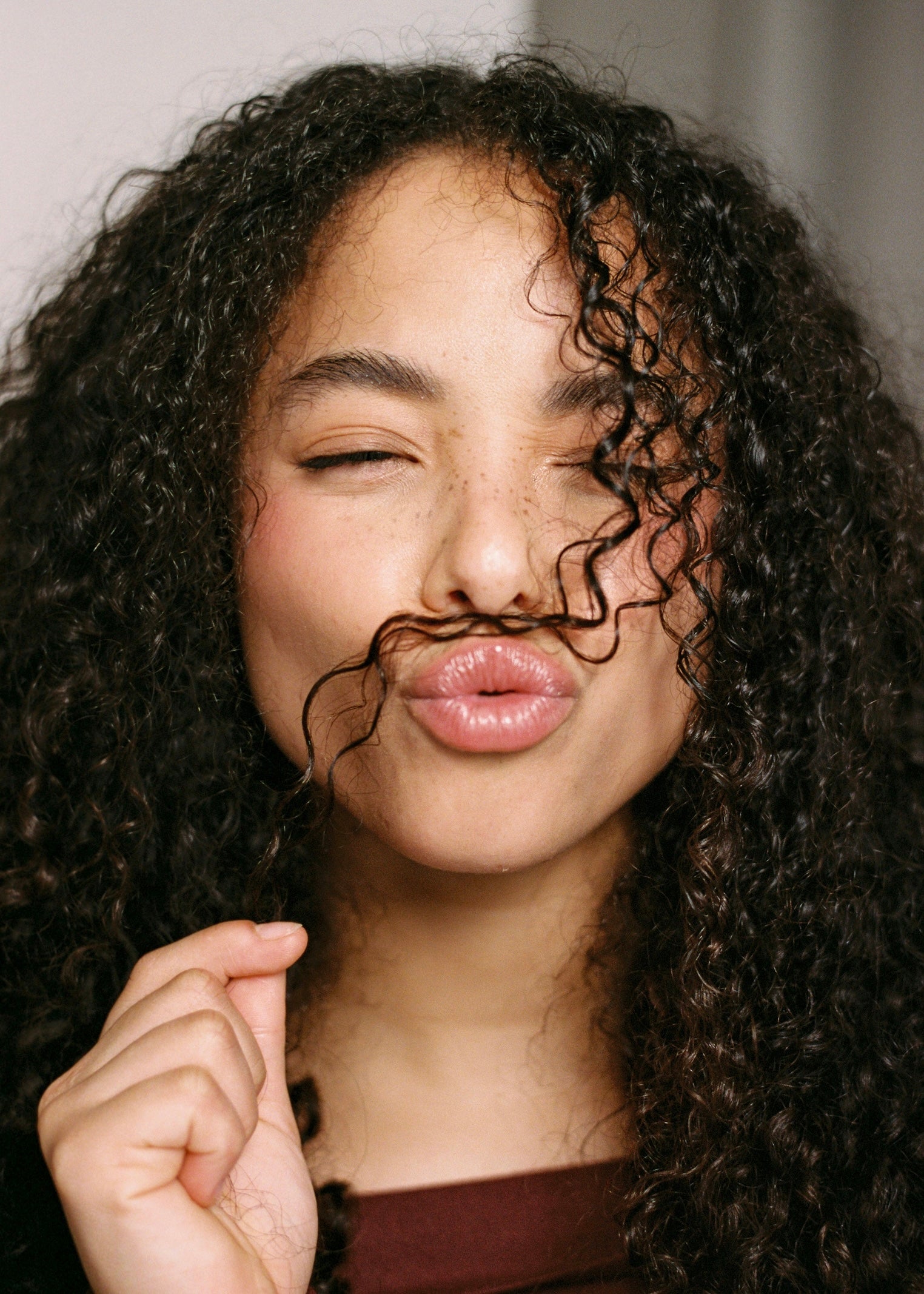
The Science Behind Curls: Understanding Porosity, Elasticity, and Density
Have you ever wondered why your curls behave the way they do? Why some days your hair is bouncy and full of life, and other days it’s flat and frizzy? Well, the secret to unlocking the mystery of your curls lies in three scientific concepts - porosity, elasticity, and density.
Let’s start with porosity. Porosity refers to the hair’s ability to absorb and retain moisture. It’s like a sponge - some sponges can soak up a lot of water and retain it for a long time, while others can only hold a little bit before it starts to leak. The same goes for your hair. If you have high porosity hair, your curls soak up moisture like a boss, but they can also lose it just as quickly. On the other hand, low porosity hair is like a brick - it has a hard time absorbing moisture, but once it does, it holds onto it for dear life.
Now, let’s talk about elasticity. Elasticity is all about how stretchy your hair is. Just like a rubber band, your hair can stretch when wet and return to its original shape when it dries. But, if your hair has low elasticity, it won’t stretch as much and will be more prone to breakage. On the flip side, high elasticity hair can stretch and bounce back without any damage.
Last but not least, density. Density refers to the thickness of each strand of hair. If you have high density hair, you have a lot of hair on your head, but each strand is relatively thin. If you have low density hair, you have fewer strands, but each one is thicker.
So, what does this mean for your curls? Well, it all comes down to finding the right balance. If your hair is high in porosity, elasticity, and density, you’re in luck! Your curls are likely to be bouncy, defined, and full of life. But if your hair is low in one or more of these categories, you may have to work a little harder to keep your curls looking their best.
For example, if you have high porosity hair, you need to focus on keeping it moisturized, or else it will become dry and brittle. You can do this by using leave-in conditioners and deep conditioning treatments, as well as using products that contain natural oils and butters.
If you have low elasticity hair, you’ll want to avoid heat styling and chemical treatments, as they can damage your hair and make it even less elastic. Instead, opt for gentle, heat-free styling techniques, and make sure you’re using a conditioner that will help to boost your hair’s elasticity.
And finally, if you have low density hair, you’ll want to avoid heavy products that can weigh your curls down and make them look flat. Instead, use lightweight styling products and avoid using too much product at once.
So there you have it, the science behind your curls! By understanding porosity, elasticity, and density, you can learn to work with your hair and get the best possible results. And remember, the key to gorgeous curls is to find the right balance for your hair type. So, embrace your unique curls and let them shine!
Now that you have the science behind your curls, you can go forth and conquer the curly world! Whether your hair is high or low in porosity, elasticity, and density, remember to be kind to your hair, treat it with love, and give it the care it needs to thrive. Invest in quality products that are specifically designed for curly hair, and experiment with different styling techniques until you find what works best for you.
And most importantly, never forget to have fun with your curls! Try new styles, embrace your natural texture, and don’t be afraid to experiment. After all, the beauty of curly hair is that it’s always changing, always growing, and always unique. So go ahead, give your curls a twirl, and let the good times roll!


